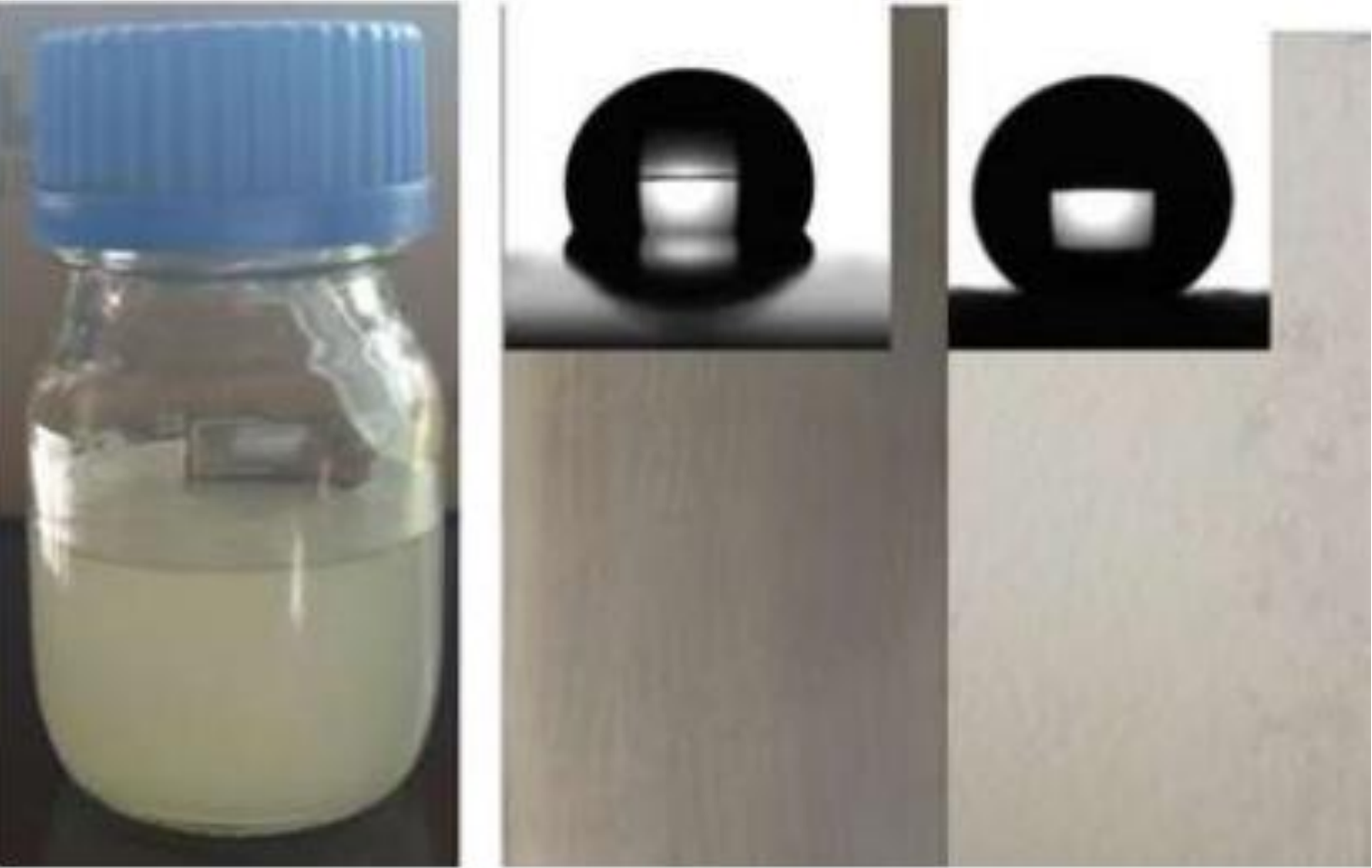发明专利
GB1952011530
1952-05-07
埃克森研究工程公司
["C10M159/00","C10M159/12","C07G99/00"]
TYSON, JOHN, TYSON , LOWENSTEIN-LOM, WALTER, GERALD
除非特别说明,本系统中所有内容都受版权保护,并保留所有权利。

周老师: 13321314106
王老师: 17793132604


邮箱号码: lub@licp.cas.cn